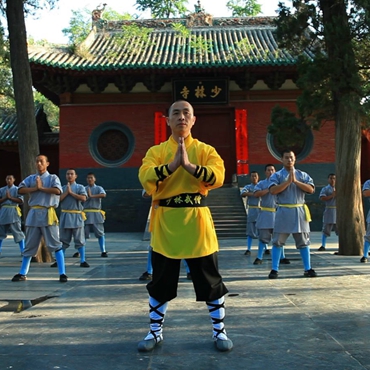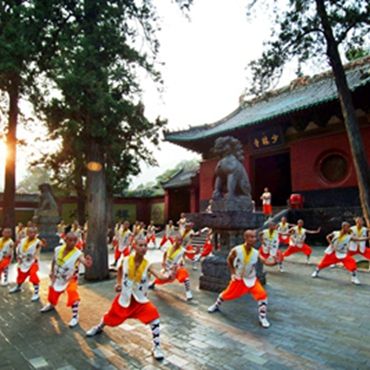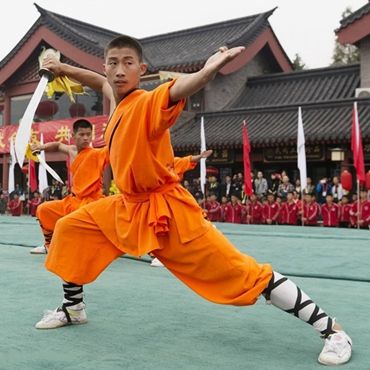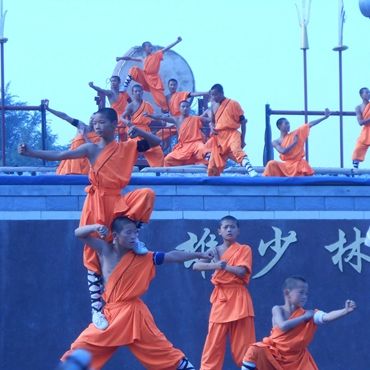Nativity of Xuanzang
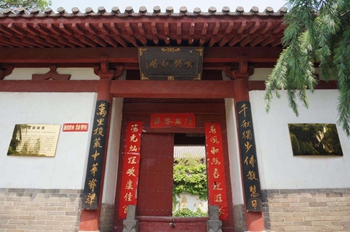
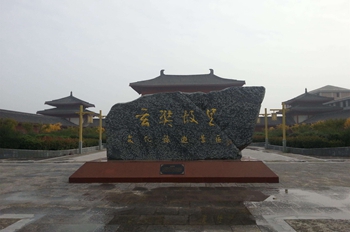
The Nativity of Xuanzang is located in Chenhe Village of Gousi Town, Yanshi County, Luoyang, Henan Province. As a famous monk of the Tang Dynasty, Xuanzang (602- 664) was a great traveler, and translator. He wrote the Buddhist Records of the Western World in the Tang Dynasty (618- 907), which was adapted into the Journey to the West by Wu Cheng'en of the Ming Dynasty (1368-1644) .
Xuanzang (c. 596 or 602 – 664), born Chen Hui or Chen Yi was a Chinese Buddhist monk, scholar, traveler, and translator who described the interaction between China and India in the early Tang Dynasty. Born in Henan province of China in 596 (or, 602 or 603), from boyhood he took to reading religious books, including the Chinese classics and the writings of ancient sages.
While residing in the city of Luoyang, Xuanzang entered Buddhist monkhood at the age of thirteen. Due to the political and social unrest caused by the fall of the Sui Dynasty, he went to Chengdu in Sichuan (Szechuan), where he was ordained at the age of twenty. He later traveled throughout China in search of sacred books of Buddhism. At length, he came to Chang'an, then under the peaceful rule of Emperor Taizong of Tang. Here Xuanzang developed the desire to visit India. He knew about Faxian's visit to India and, like him, was concerned about the incomplete and misinterpreted nature of the Buddhist scriptures that had reached China.
He became famous for his seventeen year overland journey to India, which is recorded in detail in the classic Chinese text Great Tang Records on the Western Regions, which in turn provided the inspiration for the classical novel Journey to the West, written by Wu Cheng'en during the Ming Dynasty, around nine centuries after Xuanzang's death.


